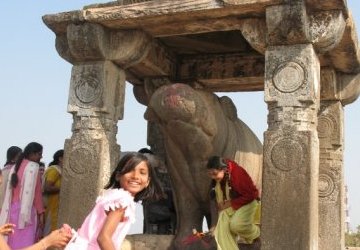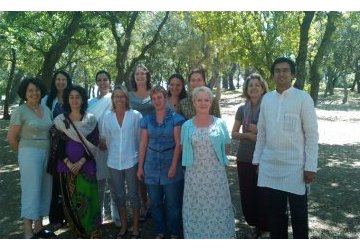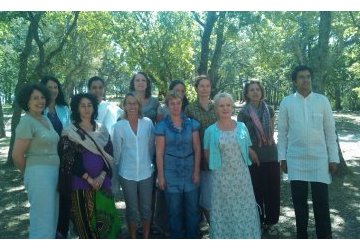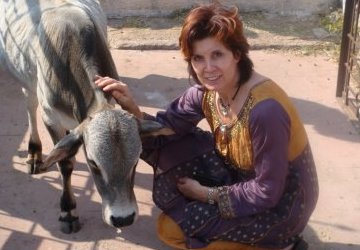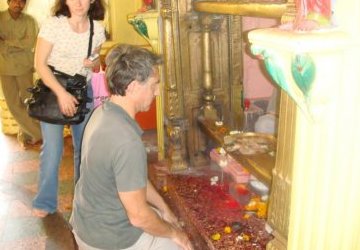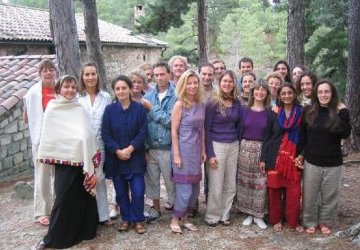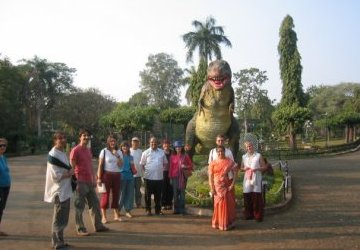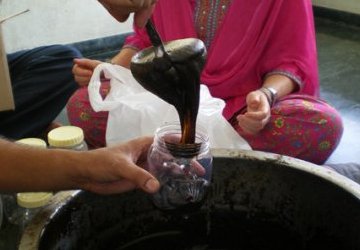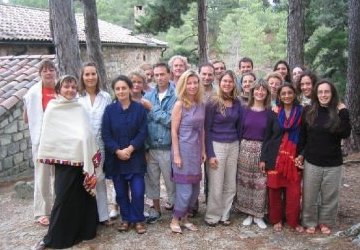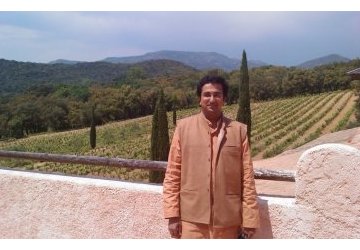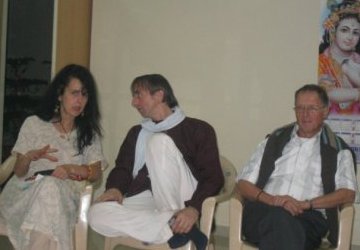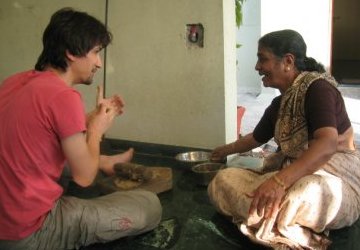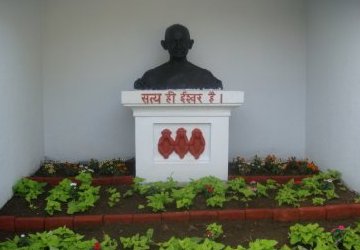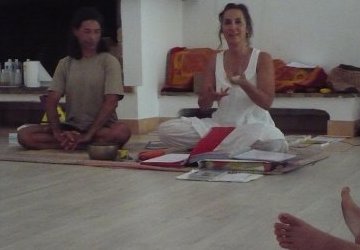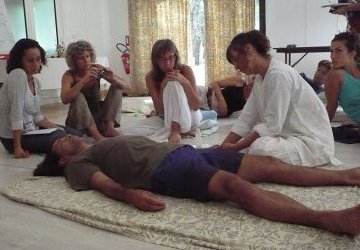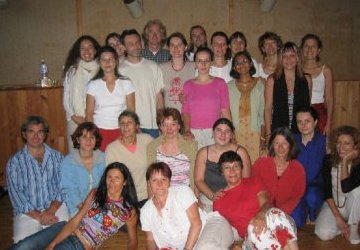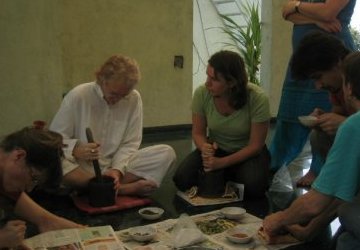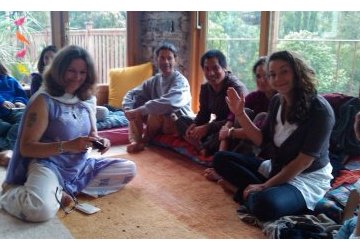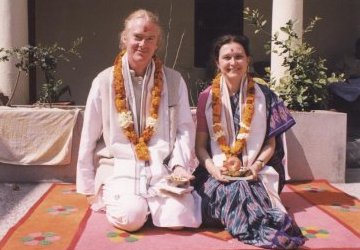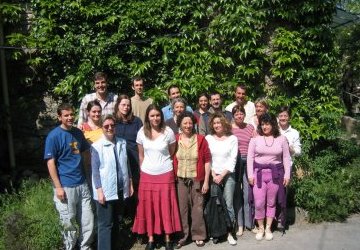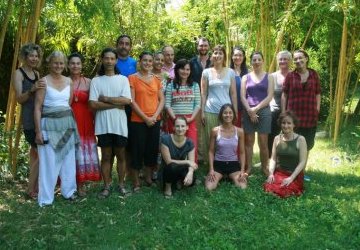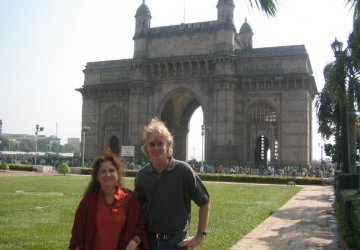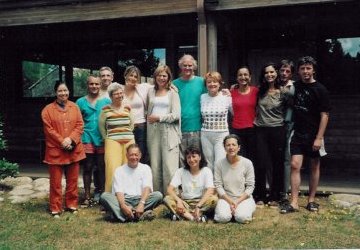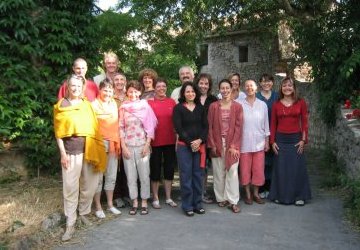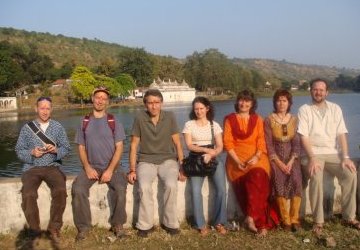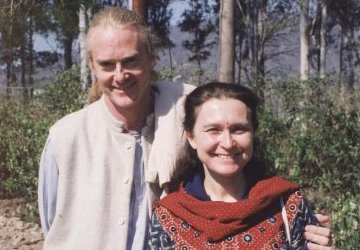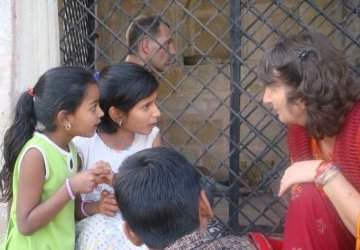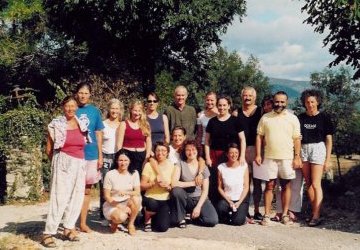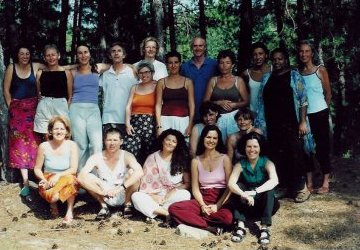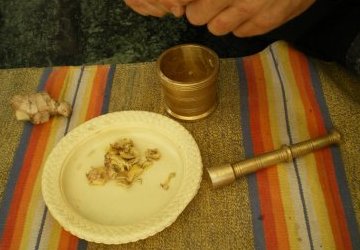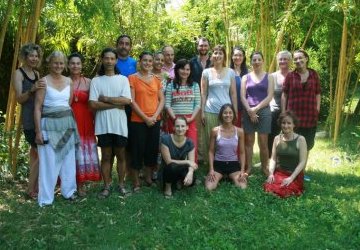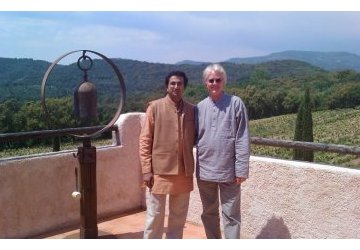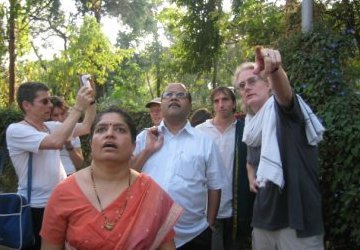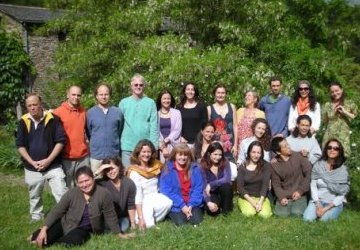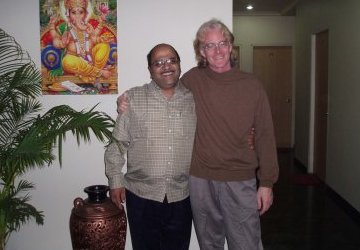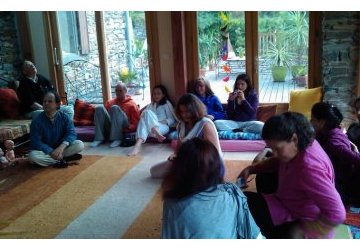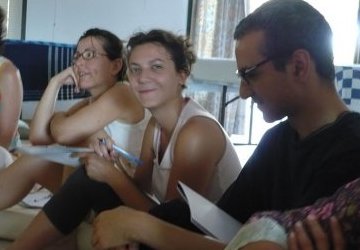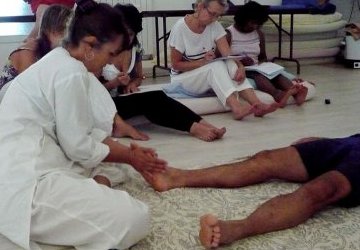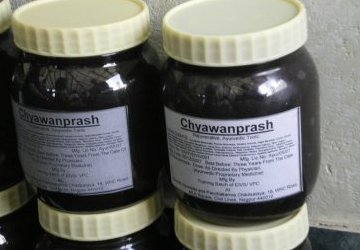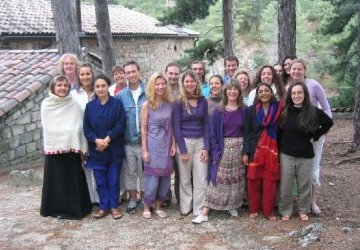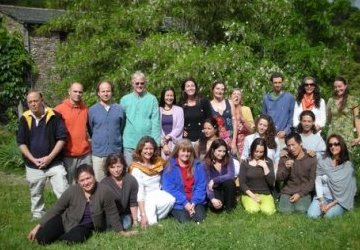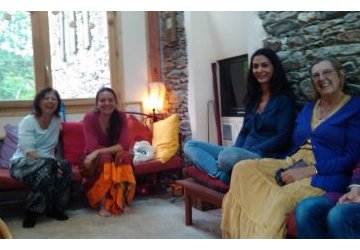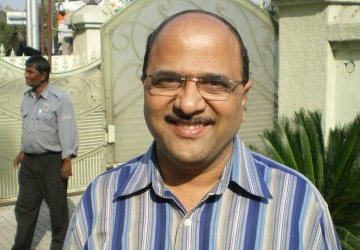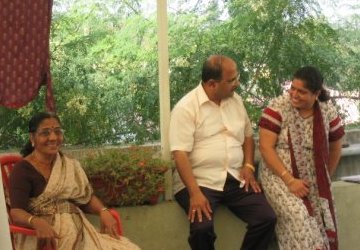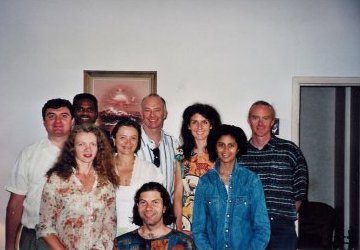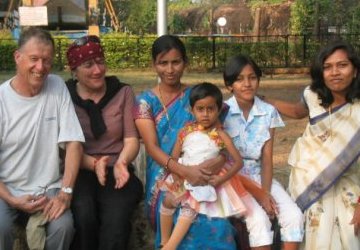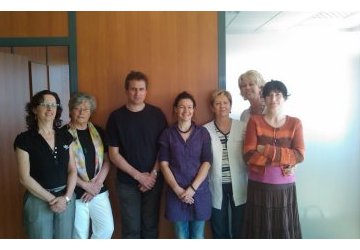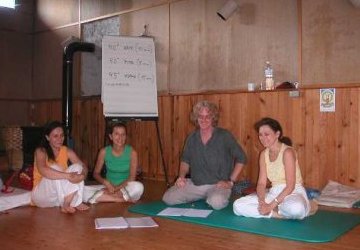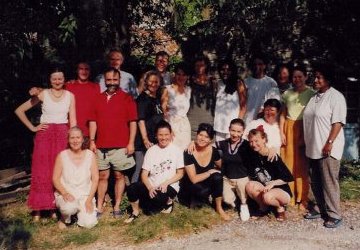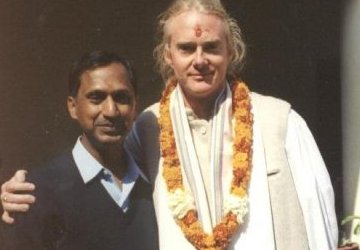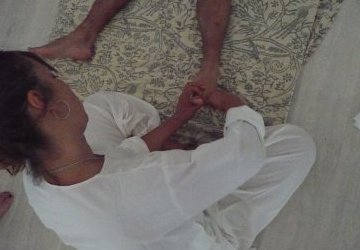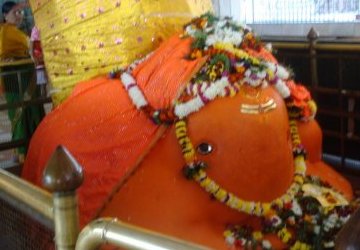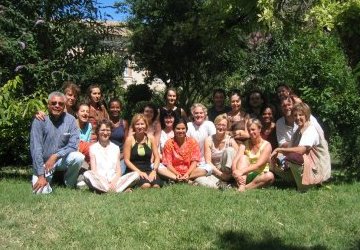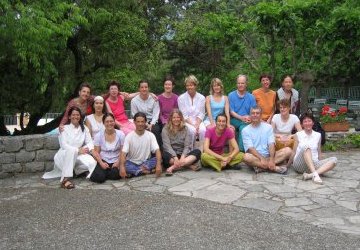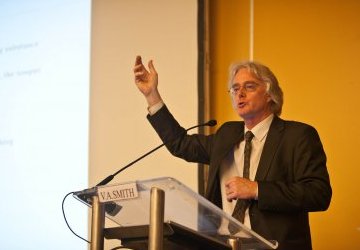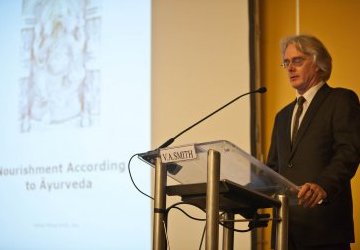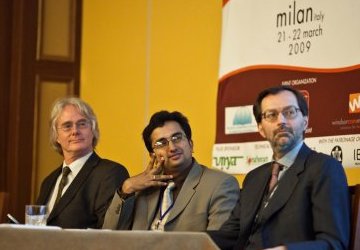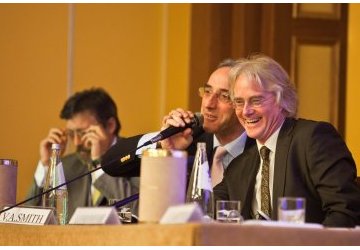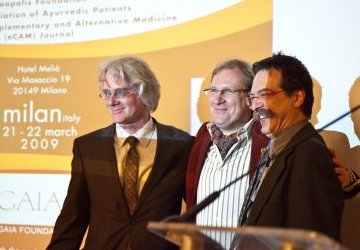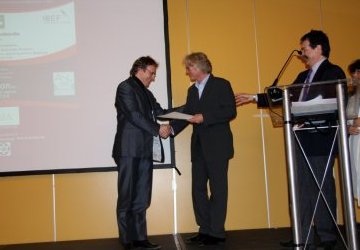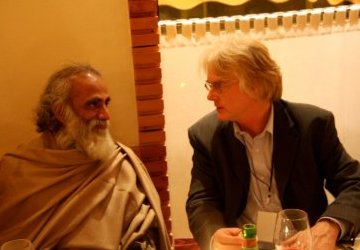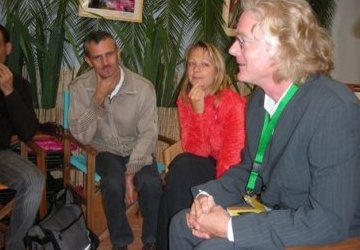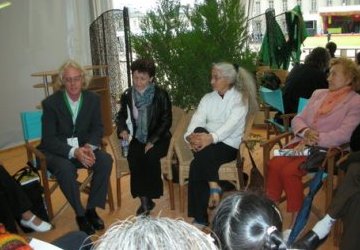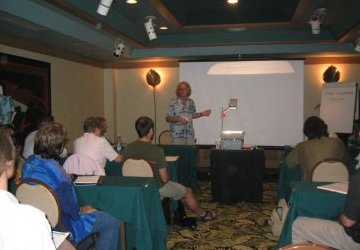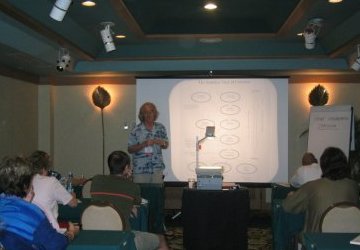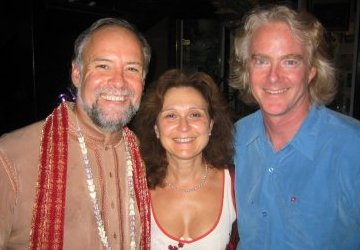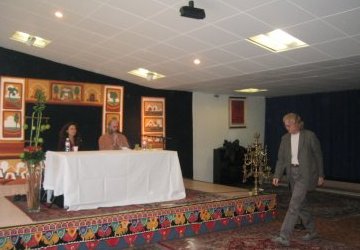Why medical doctors (MD) make poor Ayurvedic physicians
There are several reasons why modern medical doctors make poor Ayurvedic physicians. Most of these reasons are also important to understand why modern medical doctors should not be involved in setting up Ayurvedic study programs or teaching Ayurveda in the West. Note that modern medicine is excellent for emergency care and this article is not concerned with the pros and cons of modern medicine.
The first major issue with modern medical doctors studying and working in the field of Ayurvedic medicine is that it is virtually impossible to admit that they have wasted 12 years of time and a lot of money to become a doctor. Becoming an MD is a very long, difficult and expensive endeavor in both time and money. After years of study and internships there is often a heavy financial debt to resolve. The natural response of humans is to give a huge value to the years of study and investment. To undervalue the achievement makes everything seem worthless. Therefore, the normal doctor will tend to develop an ego of value and importance that reflects the amount of time, effort and money invested in becoming a medical doctor. This is a normal human response for the majority of people.
Ayurveda is a functional system of medicine that treats the causal factors in life that cause the three dosha (managers) of the body to either function in excess, insufficiency or not at all. The result of these poor functions is disease. When modern doctors realize in the course of their Ayurvedic studies that disease pathologies can only really be stopped when the causal factors are removed an identity crisis unfolds. Modern medicine is symptomatic and is primarily unconcerned with the cause of disease. At the most disease is seen as the result of pathogens and thus removing them ‘heals’ the patient. Ayurveda knows that the human body is able to resist pathogens when healthy and the patient is living correctly. Equally, Ayurveda understands that when the diet, lifestyle and use of the mind and body do not correspond with the individuals’ needs disease will result. The range of possible disorders is vast and can include pathogenic factors, immune factors, endocrine factors, and an infinite number of other pathologies.
Faced with the logical conclusion that what they learned in medical school was not really medicine, but rather a system of disease care, a choice needs to be made. Either discard 80% of what they learned in school, or apply the symptomatic disease care methodology to Ayurvedic medicine. The human ego will inevitably choose to give value to the years of study and sacrifice to become a medical doctor. Not to give value to this study is to admit that they made a mistake to study a limited system based on disease care and wasted 12+ year and untold amounts of money. Who has the ego that can accept that they have wasted one third to half of their adult life?
The result of this dilemma is that modern medical doctors practice symptomatic Ayurveda, which ends up not being Ayurvedic medicine at all. Typically this manifests as using Ayurvedic medicines and diets symptomatically. This is the first and foremost problem with having modern medical doctors practice Ayurveda and to be involved in setting up Ayurvedic medical curriculum and certification processes.
The second major issue with modern medical doctors studying and working in the field of Ayurvedic medicine is that of selection bias. In Europe the standard rate of passing the first year of medical school is 50%. This means half of the people who want to become medical doctors fail the first year. The primary reason why is that the first year is very heavy in the study of science, mathematics, etc. A typical first year medical study is focused largely on the foundational sciences such as Anatomy, Biochemistry, Physiology, Genetics, Neuroscience, Endocrinology, and Immunology. Essentially, what this does is create a selection bias of students who are only good in science, e.g., biochemistry and eliminates those who excel in the humanities and psychology. Basically, modern medicine favors people who can memorize facts and who are good with the analytical sciences. Modern medical education does not teach rational thought or interrogation of the system. Innovation is favored in graduate work or research, but frowned on in medical school.
The result of this selection bias is a lot of people who are good with science, not with human patients. Those people who would have been good to work with people and apply science to the human patient have been selectively removed from the system. What is left is a group of people who then apply science (modern medicine) to statistical groups of people. This is done by age, BMI, and other parameters that are determined by mathematical analysis. Any possible individualized approach of modern medicine has been filtered out by the selection bias.
The application of Ayurvedic medicine requires a of balance of inference and reasoning applied to the individual patient. Both inference and reasoning are based on direct perception of the patient and their unique situation in life. This process requires a certain amount of skill in the humanities and an understanding of psychology. This is not an easy skill set and many Indian Ayurvedic physicians lack these qualities as well. What is certain is that the selection bias of the modern medical education system creates doctors who are unable to apply inference and reasoning to individuals in a human manner as they have not been taught these skills. Rather these skills have been selectively removed from the students through selection bias.
The result of this second major issue is a group of people who again revert to the symptomatic practice of Ayurveda vs truly trying to infer and reason out the pathology of the individual patient. When these doctors teach Ayurveda or become involved in the regulation or development of study programs they follow their education of applying science to the patient vs understanding the patient with science (e.g., Ayurveda). This is what is known as symptomatic medicine and is the most common form or Ayurveda in the Western world.
The third and last major issue that we will discuss in this short article is the result of the first two problems. Modern medical doctors, due to their identity crisis of time / money investment, use classical texts like the Caraka Samhita to justify their supposed superiority as allopathic disease care doctors.
Typically they use the following sutra from the Caraka Samhita, Sutrasthana, Chapter 9, which translates as “The four components of Healthcare”. The sutra number 3 states:
भिषग्द्रव्याण्युपस्थाता रोगी पादचतुष्टयम्| गुणवत् कारणं ज्ञेयं विकारव्युपशान्तये||३||
bhiṣagdravyāṇyupasthātā rōgī pādacatuṣṭayam| guṇavat kāraṇaṁ jñēyaṁ vikāravyupaśāntayē||
“Physician, medicine, attendant and the patient are the four components responsible for the complete cure of disease when each is applied in the best possible manner.”
Due to the selection bias and doctor ego the modern medical doctor immediately thinks that they are the ‘physician’ quoted in the sutra above. This is a misunderstanding that is created by the above two points. First, what does the Caraka Samhita mean by a physician? It is clearly stated in sutra 6 which says:
śrutē paryavadātatvaṁ bahuśō dr̥ṣṭakarmatā| dākṣyaṁ śaucamiti jñēyaṁ vaidyē guṇacatuṣṭayam||
“Excellence in theoretical knowledge, extensive practical experience, adaptability and purity of body and mind are the four qualities of a Vaidya (physician).”
Note the definition of a physician is:
Vaidya – this is the Sanskrit word for a physician which literally means “knower of Ayurveda”. And in sutra 21 it states. “The Vaidya who possess the following six qualities is able to cure disease:
a) Knowledge (of Ayurveda)
b) Intelligent application of inference and reasoning
c) Insight into allied sciences
d) Good memory
e) Promptness (in practice and treatments)
f) Perseverance in clinical practice
Obviously the modern medical doctor does not automatically possess these six qualities. In fact, most will only qualify as having an excellent memory. Nevertheless, all Western medical doctors use the sutra number 3 above to assert their automatic role as the ‘physician’ in the text. The truth is very different, but again, to admit that spending 12 to 20 years in allopathic (e.g., modern) medicine and that this investment of time and money has little or no relation to learning and practicing Ayurvedic medicine is basically impossible for the ego of the modern doctor.
This third issue has far reaching effects as the modern doctor automatically puts himself / herself in the role of the Vaidya which only leaves the assistant as the other possible role for person who wants to study Ayurveda in the West. This is a tragedy and the main reason why Ayurveda will never develop in Europe, South and North America.
I have been training Ayurvedic ‘practitioners’ (e.g., Vaidya) since 1998. My first hand experience of training medical doctors vs normal people (which includes many primary health care professionals such as nurses, etc.) is that medical doctors have the most difficulty to learn Ayurvedic medicine. Even after years of study and practice they revert to symptomatic logic and practice of Ayurveda. On the other hand, people with basic health care knowledge or no prior knowledge learn true Ayurveda faster and easier that modern doctors. They are not brainwashed to treat everything symptomatically and do not have the issues of ego superiority to resolve. This does not mean that 100% of the people I train are Vaidya. Ayurveda is a difficult medical system to learn because it requires a large skill set to be successful. Roughly 30% of the normal students become proficient Vaidyas.
The allopathic doctors who have come to study with me over the last 24 years can be roughly divided into two groups, 1) sincere medical professionals who are looking for an individualized functional system of medicine to help their patients; 2) psychologically unstable individuals.
Ayurveda is currently in a disastrous state in the West. One of the main reasons why Ayurvedic medicine is not being taught or practiced in the West is due to the modern medical doctors who have moved into Ayurveda. They want to keep their ego superiority as the doctor even when their past medical knowledge does not transfer to Ayurvedic medicine. Additionally, they want to oppress the bright, motivated individual from becoming a Vaidya as their ego will not allow otherwise. These people are then regulated to be ‘therapists’ or ‘practitioners’ so that the modern medical bias keeps intuitive, bright, rational people from curing disease.
Sadly this is the case in every Western country with regulation including Switzerland.
Copyright © 2022 Vaidya Atreya Smith







